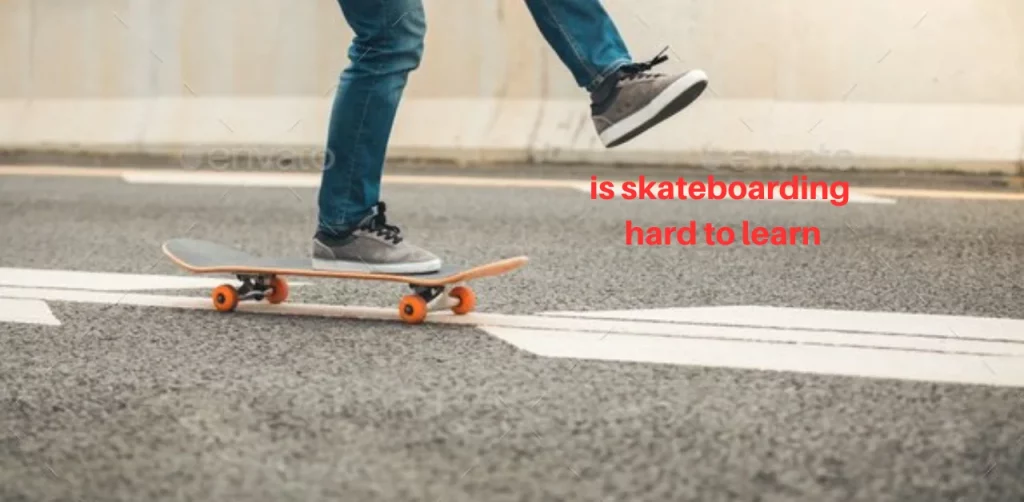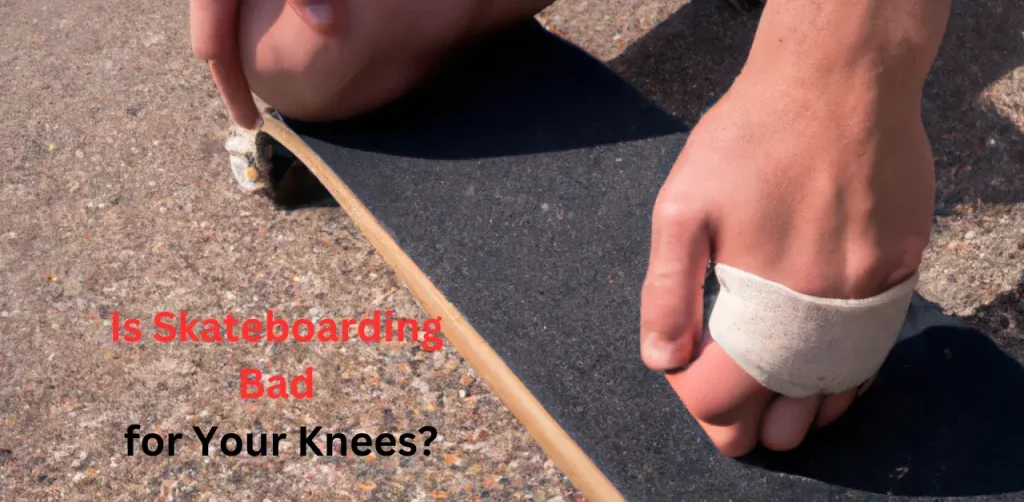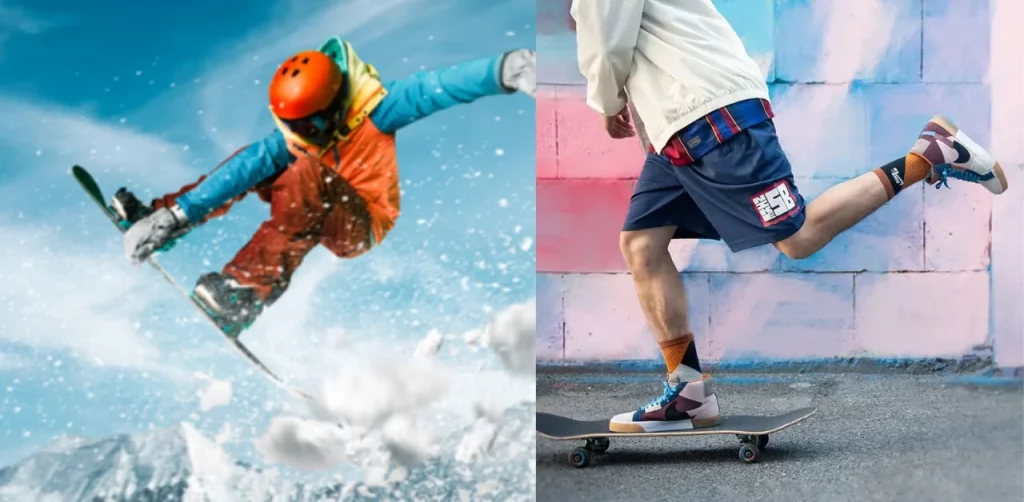Painting skateboard grip tape is a great way to personalize your deck and make it stand out. While grip tape is traditionally black, there are no rules when it comes to expressing yourself through art. However, painting grip tape requires special techniques to ensure the paint adheres properly and doesn’t peel off during use.
Firstly, make sure to clean the grip tape thoroughly before starting. Use an old toothbrush or a stiff bristle brush to scrub away any dirt or debris that may prevent the paint from sticking. Once clean, apply a light layer of adhesive promoter over the area you want to paint. This will help the paint adhere better and prevent it from chipping or flaking off over time.
When choosing paint for your grip tape, opt for ones specially formulated for flexible surfaces like rubber or plastics. Acrylic paints are commonly used because they dry quickly and are available in a wide range of colors. Apply multiple thin coats rather than one thick layer to ensure even coverage without causing any clumping or cracking as the board flexes during tricks and maneuvers.
Remember that painting your skateboard’s grip tape may affect its performance slightly due to increased friction if thick layers of paint are applied. Therefore, it’s best to stay moderate with excessive layers of paint but rather focus on creating intricate designs with minimal thickness.
Painting skateboard grip tape can add a personal touch to your skateboard. However, painting grip tape differs from painting other surfaces due to its rough, gritty texture. Here’s how you can paint your skateboard grip tape:
How to Paint Skateboard Grip Tape?
Clean the Surface
- Use a soft brush (like a toothbrush) to remove any dirt or debris from the grip tape.
- Wipe down with a damp cloth and allow to dry completely.
Sketch or Stencil
- If you have a specific design, sketch it on paper first.
- You can then transfer the design to the grip tape using chalk or a light pencil or create a stencil.
Choose the Right Paint
- Acrylic paint is commonly used for grip tape because it’s water-resistant once dry and adheres well to the rough texture.
- Spray paint is another option, especially if you’re using stencils.
Painting
- If you’re using acrylic paint, apply it with a brush. A stiff brush works well on grip tape’s rough texture.
- If spray paint is used, do it in a well-ventilated area, preferably outdoors. Hold the can about 10-12 inches away from the surface and apply in even strokes.
- Consider applying multiple thin coats rather than one thick coat, allowing each coat to dry between applications.
Detail Work
- For finer details, you can use paint pens or smaller brushes.
- Consider using different colors to make your design pop.
Sealing (Optional)
- Once your design is dry, apply a clear sealant or varnish to protect the paint from chipping or wearing off too quickly. Make sure it’s a non-slip variety to maintain the functionality of the grip tape.
Allow to Dry
- After painting, let the grip tape dry entirely for at least 24 hours before using your skateboard.
Remember, the grip tape’s primary function is to provide traction for your feet. While it’s fun to personalize your board, make sure not to compromise the grip tape’s functionality. If the paint job affects your skating, consider redoing it or replacing the grip tape.
What Type of Paint is best for Skateboard Grip Tape?
When painting skateboard grip tape, it’s crucial to select a paint type that will adhere well to the rough texture of the grip tape and resist wear as you use the board. Several types of paint can work, but some of the most popular and effective options include:
Acrylic Paint
- Acrylic paint is water-resistant when dry and can adhere well to the grip tape’s texture.
- It’s available in various colors, and you can easily use brushes for detailed work.
- Once dry, acrylic paint is durable, though it can wear down over time, especially under high foot traffic areas.
Spray Paint
- Spray paint is convenient for creating even coats, especially using stencils.
- Look for spray paint that’s formulated for better adhesion on rough surfaces.
- Ensure you work in a well-ventilated area, preferably outdoors.
Paint Pens
- These are ideal for detailed work or intricate designs.
- They often contain oil-based or acrylic paint, which can hold up well on grip tape.
- They’re beneficial for adding highlights, outlines, or smaller designs to an already-painted surface.
Fabric Paint
- While not as common, some skaters use fabric paint on grip tape due to its flexibility and durability.
- It’s designed to adhere to and flex with fabrics, so it can also work on grip tape.
Regardless of the type of paint you choose, it’s important to remember a few things:
- Preparation is Key: Ensure the grip tape is clean and free from dirt or debris. This will ensure better paint adhesion.
- Test First: If you need help with how the paint will look or adhere, test it on a small, inconspicuous section or a scrap piece of grip tape.
- Durability: No paint will last forever on grip tape, especially in high-foot traffic areas. Over time, the paint will likely wear down or fade, but that’s part of the charm of a custom paint job on a skateboard. You can always touch it up or redo it later on.
Lastly, keep in mind that the grip tape’s primary function is to offer traction. Avoid thick or heavy applications of paint that might reduce the grip tape’s effectiveness. If you want to preserve your design longer, consider using a clear sealant after painting, but make sure it doesn’t make the grip tape too slick.
Tips
- Practice your design on a piece of paper or old grip tape first.
- Remember that the rough texture of the grip tape will cause the paint to appear somewhat different than it might on a smooth surface.
- Less is often more. A heavy amount of paint might reduce the grip tape’s effectiveness.

“Welcome to our website, Here You’ll find a wealth of information on finding the right skating gear that will last for years to come, as well as tips and tricks to help you improve your skills. Whether you’re a beginner or an experienced skater, you’ll find something of value here.”



